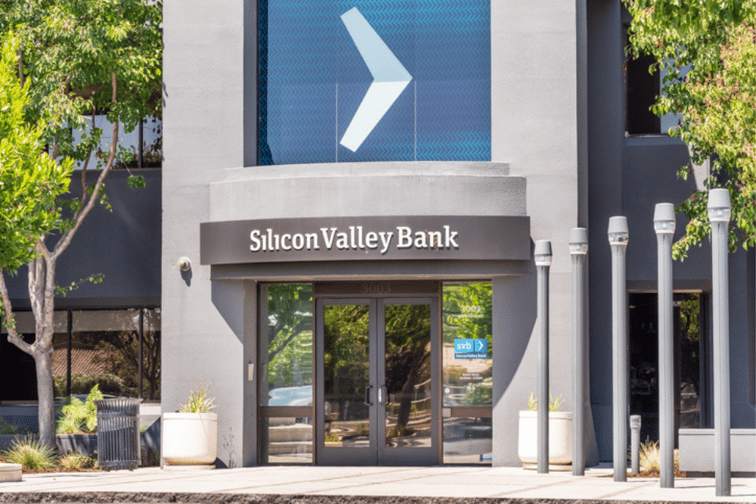

The Silicon Valley Bank (SVB) collapse is increasing awareness of risks in the financial system and could reverse some of the softening in insurance markets this year, according to Amwins CEO Scott Purviance.
“When you’re allocating capital and taking risk as an insurance company, there are things that you’re not contemplating,” Purviance told Insurance Business.
“I think we’re seeing that risk is going to be much more in focus as this year goes by, and that likely means some of the lines of business that were softening are going to potentially at least be flat if not up in 2023.”
Following the downfall, a securities class-action lawsuit has been filed against SVB’s parent, SVB Financial Group, and its CEO and CFO – the first of potentially many legal actions taken against the bank’s executives.
If the Federal Reserve had not intervened, insurers would potentially have looked at enormous directors and officers (D&O) liability claims, according to a report by AM Best.
“I think what we’re seeing in the last week and a half is that an unexpected event brings risk back to the forefront of everybody’s mind,” Purviance said.
SVB’s swift and sudden failure earlier this month sent a chill through the banking industry.
The bank, which focused heavily on higher-risk tech startups, had seen a surge in deposits during the COVID-19 pandemic. It invested much of this in US government bonds, traditionally one of the safest types of investment.
But when the Federal Reserve began hiking interest rates last year to curb soaring inflation, the value of those bonds fell. At the same time, startups were withdrawing on their funds to stay afloat as venture capital dried up.
Short on cash, SVB was forced to sells its bonds at a large loss, which some saw as a red flag over the bank’s financial health. Spooked depositors pulled out their money en masse, causing the bank’s collapse within 48 hours.
The Federal Reserve has stepped in to protect all deposits at the failed bank. In a bid to stop contagion, it also announced an emergency lending program to give cash-squeezed banks easier terms on short-term loans.
The move has helped shield the insurance industry from negative impacts in the financial sector, according to Amwins’ CEO.
“There could have been [material impact on the insurance industry] had the Feds not stepped in and did what they did,” said Purviance.
“I think, for the short term, [the Feds’ actions] took some contagion risk and a systemic meltdown off the table that could have rippled through the insurance industry.”
For the Amwins CEO, SVB’s collapse reflects the relative resilience of the insurance industry when it comes to taking on rate-sensitive assets.
“It’s ironic that the exact thing that caused Silicon Valley Bank’s collapse – interest-rate-sensitive assets that declined in fair value – was also the big trend across the insurance industry in 2022,” Purviance observed.
“But in the insurance industry, your assets are balanced with your expected liability payouts and your matching duration on liabilities, whereas in the banking industry, deposits can be called on any day.
“When you have that run on deposits, it can create chaos, whereas in the insurance industry, you can’t accelerate claims. So, we were a bit protected from that risk.
“If you go back to the 2008 financial crisis, the insurance industry came through that very well. I think that we’re again poised well against the turmoil today.”
Do you agree with Purviance’s thoughts on the SVB bank collapse and its reverberations on the insurance industry? Sound off in the comments below.
